Images courtesy of the National Museum of the Philippines


What is beautiful? An eternal question and human beings have made themselves beautiful in their own eyes, across space and time.
Prehistoric facial piercings for the ears and lips of adults have been excavated in Boncuklu Tarla, Turkey that dated 11,000 years ago, as reported by CNN recently.
Closer home, we have historical accounts of heavily-tattooed Visayans, an abundance of gold ornaments worn, as well as the richness of indigenous clothing, dyed, woven, and beaded. Concepts of beauty and aesthetics vary from one ethnic group to the other, as revealed by archaeological evidence.
Teeth and skull
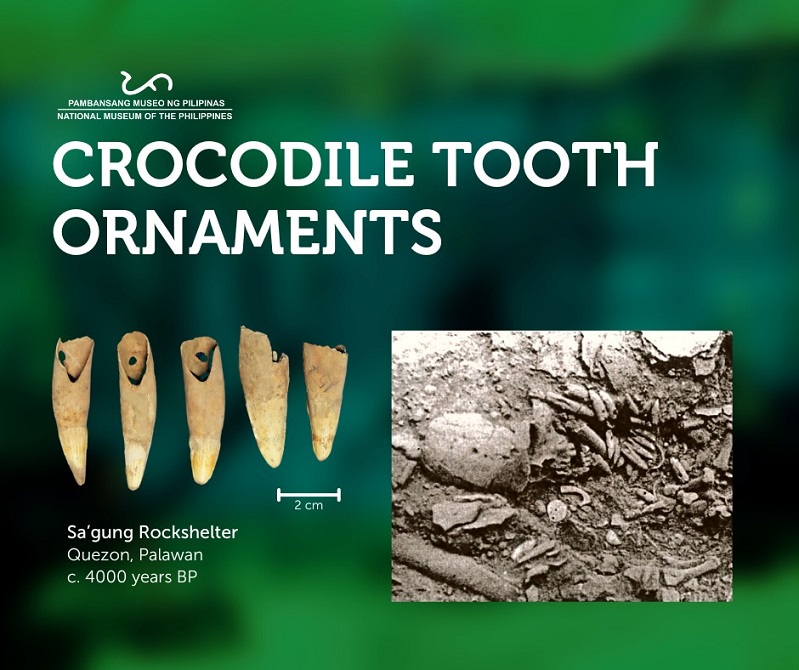

Early practices of body modification include decorative dentistry and cranial modification.
Decorated or colored teeth and flattened foreheads became a mark of beauty among early Filipinos amidst the strong belief that only animals have white teeth.
A widespread practice when the Spanish arrived, Filipinos decorated their teeth by filing, drilling, inlaying with gold, or dyeing in black or red using plants.
Gold dental ornaments were expressions of high social status; teeth filing was a rite of passage from puberty to adulthood.
The two most common types of filing were concave across the surface of the tooth, and square along the biting edge. The Negrito groups of Luzon reshaped their upper frontal teeth in a sawtooth pattern; some Agta groups filed their upper front teeth flat. Inlaying and insertion of gold pegs into the incisors were also customary.
In 1521, Antonio Pigafetta, Ferdinand Magellan’s chronicler, gave the first eyewitness account of this practice and described the Rajah of Butuan with “three spots of gold in every tooth, and his teeth appeared as if bound with gold.”
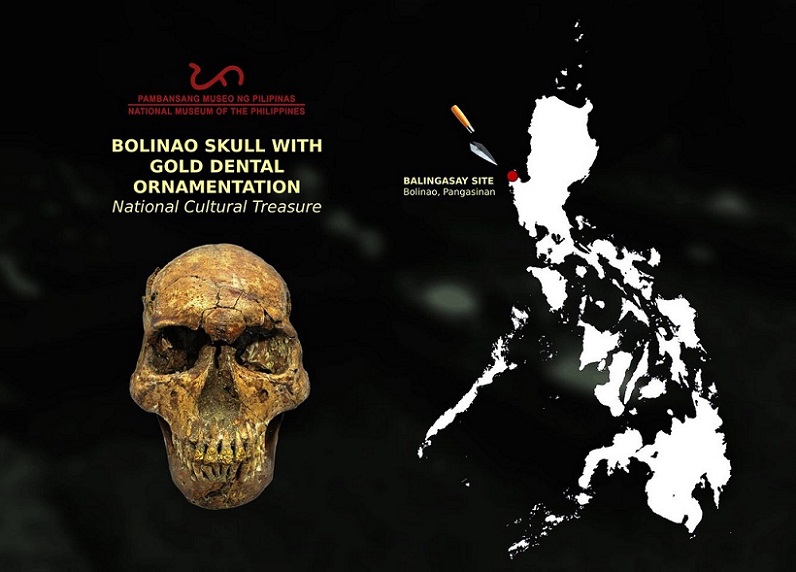

Excavations of the Balingasay Cave in Bolinao, Pangasinan had unearthed gold-pegged teeth on adult human remains, a common practice from the 14th to the early 16th century. Other teeth had gold plates in fish-scale design pegged with gold rivets, as exemplified by the Bolinao Skull.
As a display of high status, Ibaloi women fitted a solid band of gold (chakang) around the frontal teeth and removed it when eating. It was an heirloom ornament passed from generation to generation.
Head shaping
Our ancestors flattened their foreheads or elongated their heads, deliberately.
Visayan elites practiced the binding and compressing of the heads of infants using two flat boards. A broad face and flattened forehead were considered beautiful and ideal.
As described by historian William Henry Scott, Visayans used a device called tangad, a thin rod that was bound around the forehead of the infant and fastened by bandages wrapped around the head.
Archaeological evidences of the practice have been recorded in Romblon, Marinduque, Masbate, Cebu, Albay, Samar, Bohol, Surigao, Butuan, and Davao.
Body ornaments
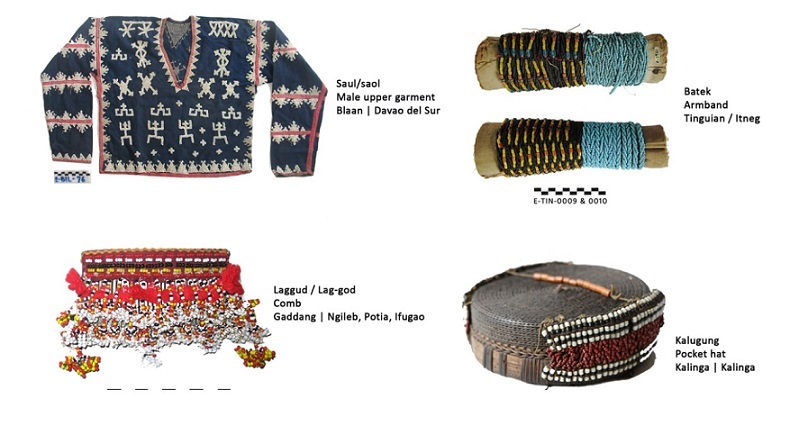

Aside from clothing, personal ornamentation include hats, headcloths, earplugs, necklaces and pendants, armlets and bracelets, anklets and leglets, finger and toe rings. The Manobos have worn ivory and wooden earrings; the B’laan wore wooden earplugs.
Shell ornaments with the earliest dating to 4,700 years ago had been recovered in Duyong Cave, Palawan. Shell beads are the earliest beads found the caves of Duyong and Ille in Palawan, shaped into perforated discs and used as earrings, necklaces, and armbands.
Stone beads, made of agate or carnelian from south India and jade from Taiwan and some local production in Batanes, appeared about 2,200 years ago, a testament to the country’s ancient maritime trade with Asia.
Glass beads, often referred to as the Indo-Pacific type of glass beads, first appeared around 2000 to 2200 years ago in various sites in the country.
Jade
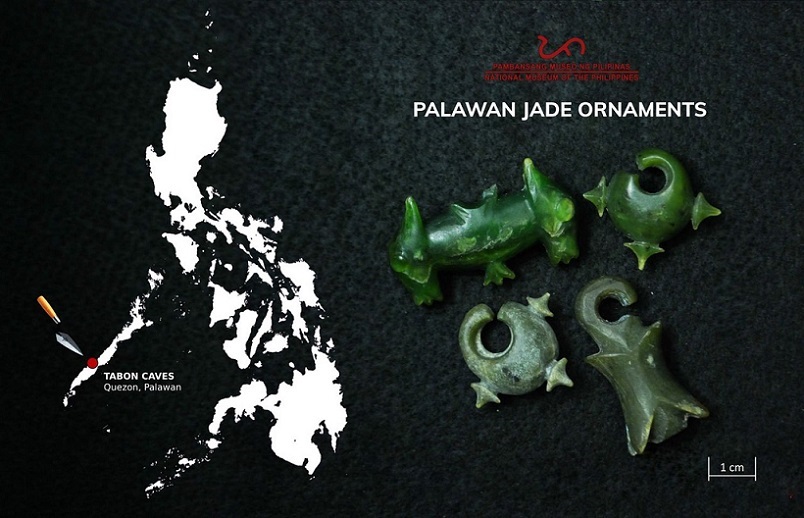

Jade ornaments include two National Cultural Treasures: the Palawan Zoomorphic Ear Pendants with a double-headed animal-like design and the Palawan Nephrite Lingling-o Ear Pendants with a stylized bud design and concave sides. Their unique designs serve as “tangible evidences of superb craftmanship in prehistoric jade carvings in Asia.”
The Duyong and Uhaw Caves in Palawan have yielded jade artifacts such as ear ornaments, bracelets, beads, and small stud-like objects during the 1960s. More than 14 lingling-o ear ornaments of green jade have been recovered in the site.
Indigenous identity
Ornaments and embellishments are important material culture and markers of identity and tradition. They also signify social status and wealth or offerings in rituals and burials.
Symbolic of beliefs and practices, among the Ilongots of Northern Luzon, a male adult can only wear a specific type of earrings (batling or red hornbill with dangling shell pendants) after taking his first head.
Among the Negrito communities, charm bracelets or necklaces are worn to deter bad spirits or serve as medicine. Some items are passed down as heirloom pieces, such as the glass and stone beads of the Kalinga.
Continuity
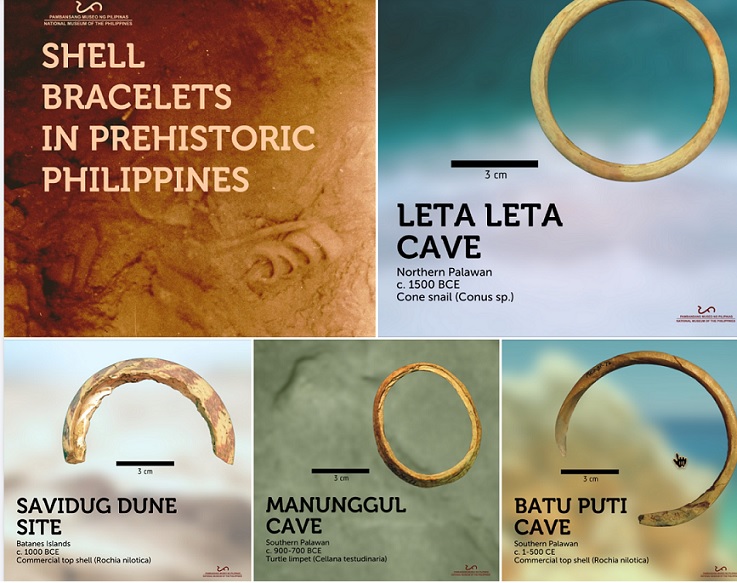

Our indigenous groups use glass, stone, shells, and plastic beads in various colors, sizes, and shapes on their clothing and accessories, usually sewn along the edges and seams, and arranged in geometric patterns or with human-or animal-like designs. One of the living traditions among Agusan Manobos is beadworking for ornaments.



